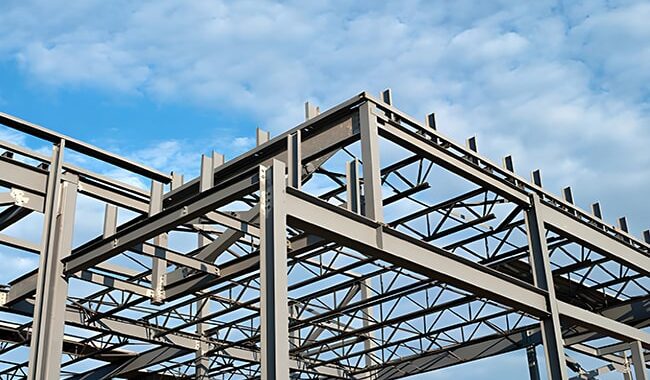A steel frame is a structure made of steel, usually connected by welding, bolting, or riveting steel beams, columns, bracing,…
According to FIFA official news, the opening match of the 2022 Qatar World Cup will be held at 00:00 on November 21, Beijing time. The two sides will be the hosts Qatar and Ecuador. From November 20 to December 18th, 64 games will be processed in eight top-level World Cup Stadiums in Qatar.
The Eight World Cup Stadiums in Qatar for this year’s World Cup are all within a 21-mile radius of downtown Doha, and visitors can reach them by subway. A solar panel farm powers every stadium, and every football stadium is sustainable. Next, let us take stock of the specific situation of these eight gymnasiums.
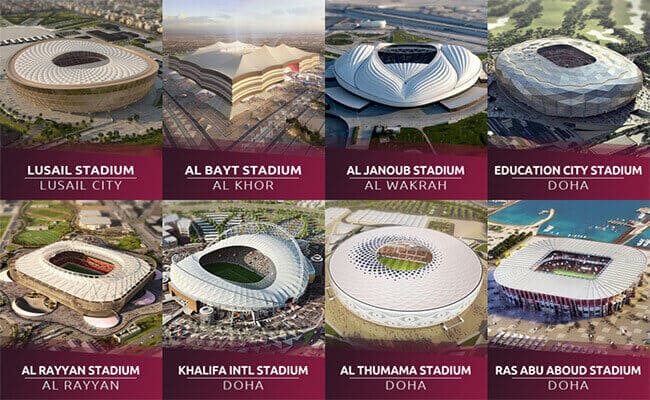
Eight top-level World Cup Stadiums in Qatar
1. World Cup Stadiums in Qatar-Lusai Stadium
Lusail Stadium is located in the Lusail New District, about 15 kilometers north of Doha, the capital of Qatar, where the opening ceremony, opening match, finals, and closing ceremonies will be held. As the single cable-net roof building with the largest span and the most considerable cantilever distance in the same type of cable-net system in the world, it is also the largest venue of this World Cup, with a capacity of 80,000 people.
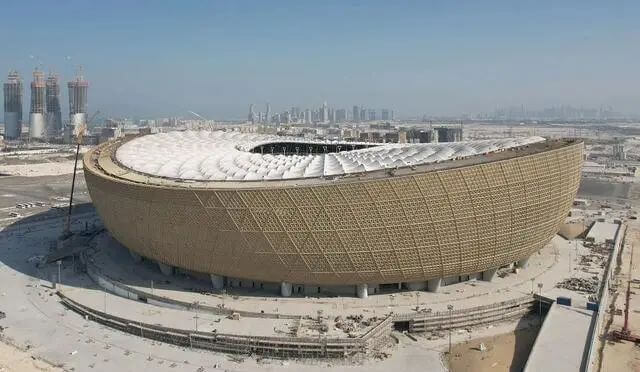
The shape of Lusail Stadium is based on bowls, vessels, and artwork used throughout the Middle East for centuries. It has a suitably futuristic design, featuring sleek, adventurous shapes and a pitched roof. Above the elaborate stadium exterior wall will be a roof representing the frontiers of Engineering and Construction Technology. The top is made of carefully selected materials to provide shade but will still receive just the right amount of sunlight to nourish a superb playing field. At night the lighting system will maximize the interplay of light and openings in the exterior wall, mimicking the welcome glow of fanned lanterns for approaching fans.
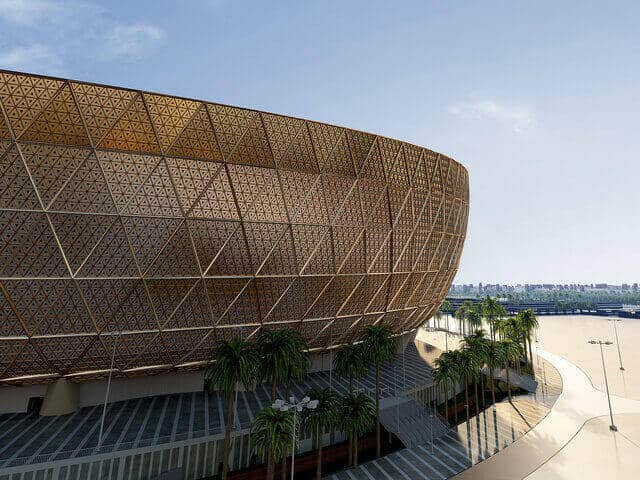
2. World Cup Stadiums in Qatar – Stadium 974
It will be the first disassembled stadium in the history of the FIFA World Cup™, with a capacity of 40,000 people being made from shipping containers and modular steel structure. Stadium 974 is made from 974 shipping containers and will be completely dismantled and recycled after the game, with parts repurposed into stadiums worldwide. Sitting on Doha’s waterfront, the stadium’s design harnesses natural winds rather than cooling techniques, allowing it to use nearly 40 percent less water. “974” is also the country code for international calls in Qatar.
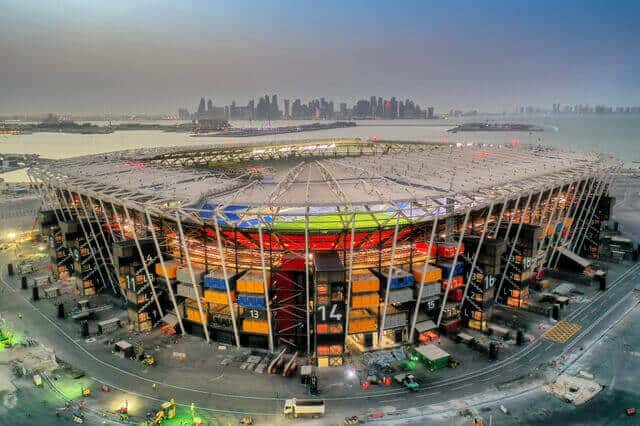
Stadium 974 is located in Ras Abu Abadi and can accommodate 40,000 spectators. Its ingenious conception and post-match materials reuse arrangement set a benchmark in constructing large-scale “green” stadiums.
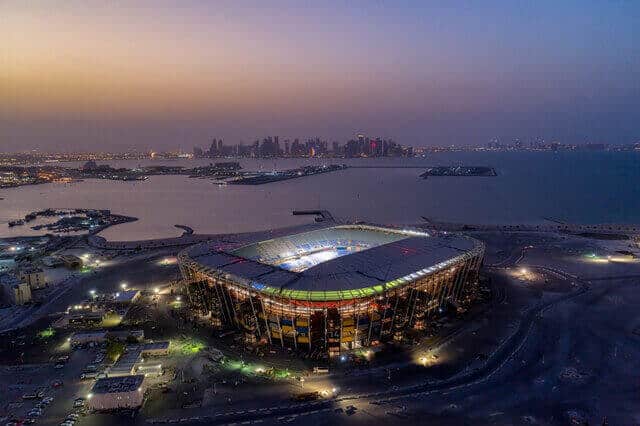
3. World Cup Stadiums in Qatar – Arbait Stadium
Inspired by the Bedouin tents (Bayt al sha’ar) used by nomadic peoples from the ancient Middle East, Dar Al-Handasah’s design for Al Bayt Stadium celebrates the history of Qatar and its people. “Bedouin” is a transliteration of Arabic, meaning nomads on the wasteland, people who live by water and grass.
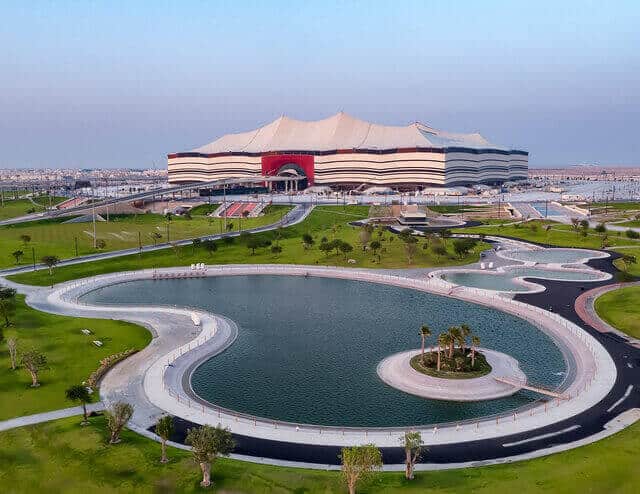
The Albert Stadium, located in (Har) Al Khor, 35 kilometers north of Doha, will host nine 2022 World Cup matches, including the opening ceremony on November 21, 2022. The work process of the Albert Stadium lasted about five years, starting from the end of 2015 to the beginning of 2020. The opening ceremony coincided with National Sports Day celebrated in Qatar. The stadium has a capacity of 60,000 people and was built as a Bedouin tent.
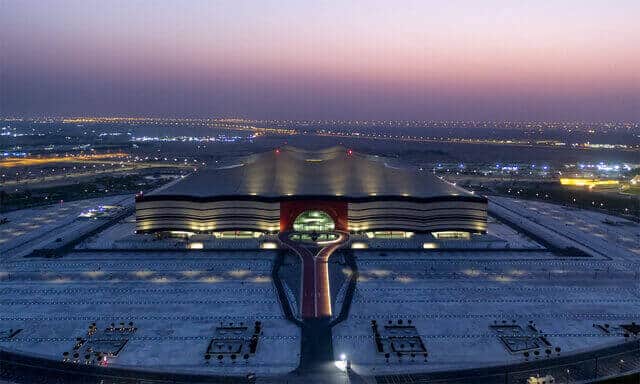
4. Al Thumama Stadium
The 40,000-capacity Al Thumama Stadium, located 12 kilometers south of Doha’s skyline and close to the city’s Hamad International Airport, will host the 2022 Qatar World Cup quarter-finals. Previous games included quarter-finals. The circular shape of the stadium is reminiscent of the Gahfiya, a braided headdress worn by men and boys throughout West Asia. In addition, a constant temperature of 18C can be maintained throughout the stadium.
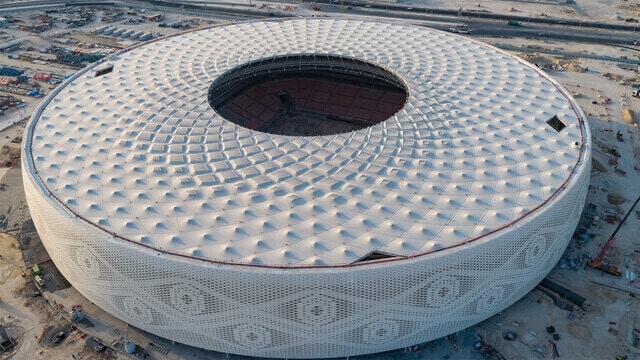
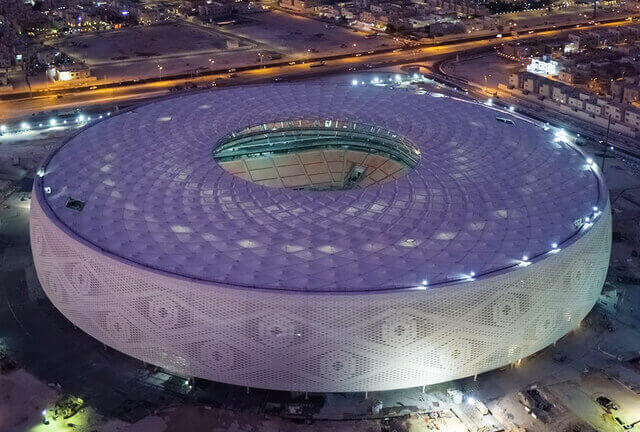
5. Ahmed Ben Ali Stadium
The Ahmad Bin Ali Stadium is located in Rayan and has a capacity of 40,000 people. In the “2020 Best Stadium” released by StadiumDB, a world-renowned professional stadium data website, the Ahmed Ben Ali Stadium ranked third in the world.
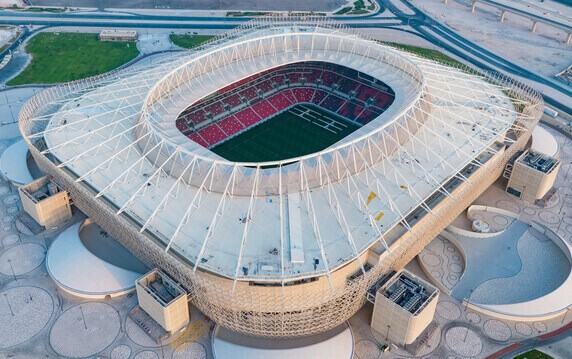
Dubbed the “Gate of the Desert,” the stadium is a 40,000-seat arena on the edge of the desert. The most fantastic feature is a luminous facade of patterns representing different aspects of the country. Twilight brings another dimension to the scene as several nearby buildings shimmer to welcome visitors from afar. A large shopping center surrounds the stadium, which fans can easily access.
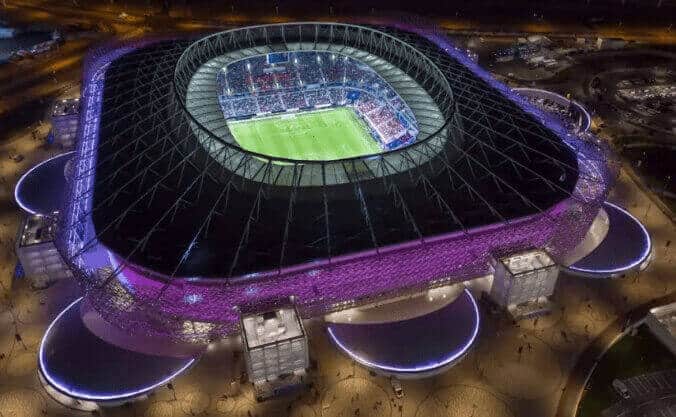
6. Education City Stadium
The building is close to the best universities in Doha and is known as Education City Stadium is a tribute to knowledge and education.
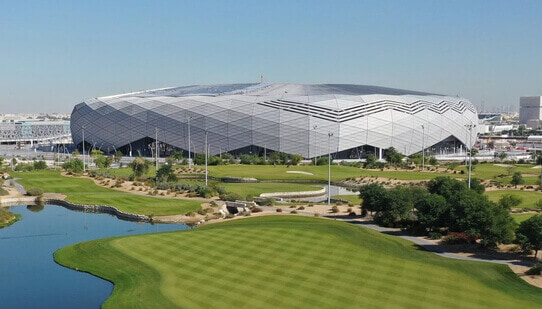
Dubbed the “diamond in the desert” for its distinctive cladding, the 45,350-capacity stadium is one of eight venues to host matches during the World Cup, which is due to begin as early as November this year.
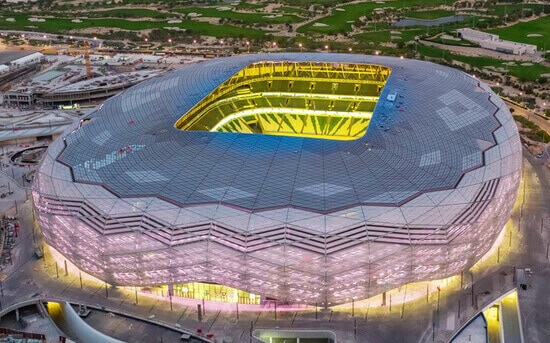
Education City Stadium is the first stadium in this World Cup to receive a five-star sustainability rating from the “Global Sustainability Evaluation System.” Inspired by “diamonds,” the building adopts a mosaic geometric facade, which changes color when exposed to sunlight, and is known as the “diamond in the desert.”
7. Al Janoub Stadium
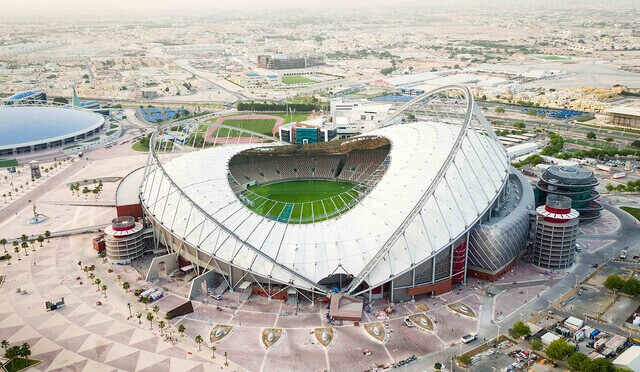
Al Janoub Stadium, named after the city it was built, has a capacity of 40,000 people. It was made with design cues from traditional fishing and pearl diving boats. As fans approach the stadium, they are captivated by the arena’s beautiful park and elegant architecture.
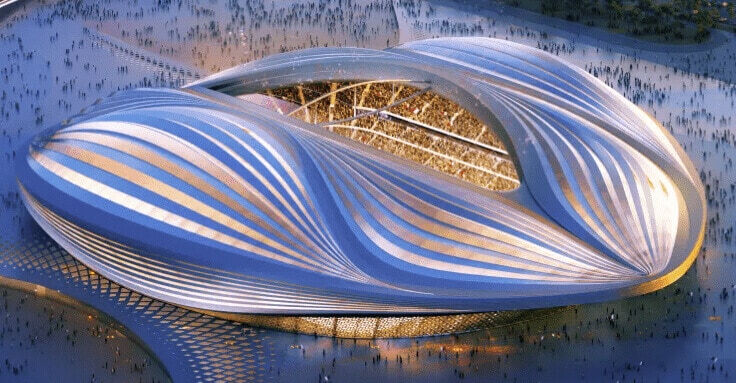
8. Khalifa International Stadium
Built-in Al Rayyan in 1976, the only venue before Qatar won the World Cup, the Khalifa International Stadium has long been a cornerstone of the country’s sporting tradition. It is a multi-purpose stadium, often referred to as “National Stadium,” with 40,000 seats. The stadium will be at the center of all venues in 2022 and will play a vital role in this tournament. Its unique geographical environment and advanced transportation system will make it the most connected international football match ever, especially the Qatar national football team’s home field.
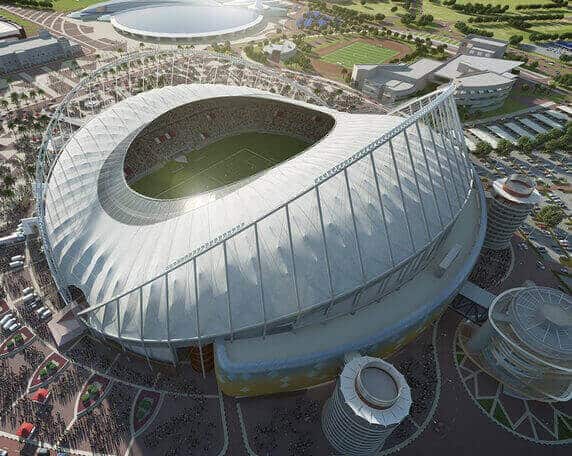
The Khalifa International Stadium, the Asbel Sports Elite Academy, the Hamad Aquatic Center, and the Doha Olympic Building form the Doha Sports City.












